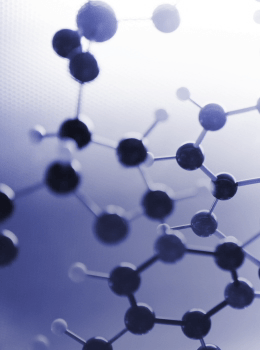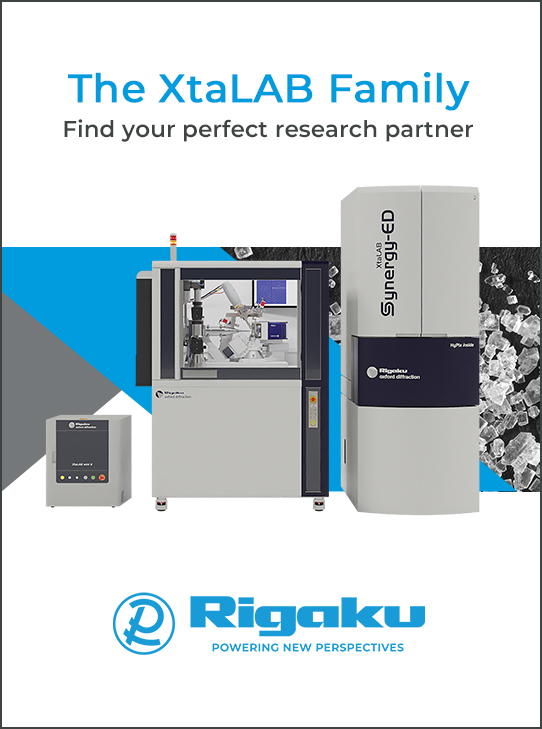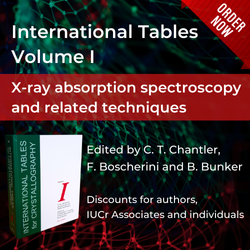
Obituary
Larry W. Finger (1940–2024)
![Thumbnail [Thumbnail]](https://www.iucr.org/__data/assets/image/0007/158830/Thumbnail.png)
Larry Finger and his wife, Denise.
Larry Finger, a pioneer in the development of computer-controlled diffractometers, crystallographic software and high-pressure diffraction methods, passed away on 21 June 2024 at the age of 84. Larry was one of the most talented experimental scientists we have ever had the pleasure of working with – a unique combination of geologist, mineralogist, crystallographer and computer expert.
Larry grew up on a family farm, first in Iowa and then Minnesota, USA, where he developed the mechanical and problem-solving skills that would serve him so well throughout his professional life. After high school, he enrolled in the University of Minnesota, where he studied physics for his undergraduate degree and then joined Tibor Zoltai in the Department of Geology. His thesis in 1967 reported one of the very first determinations by crystal structure refinement of the cation site occupancies in a complex mineral. This required him to write his own program for crystal structure refinement for single-crystal data, which later evolved into the well-known RFINE package through a collaboration with Ted Prince at the National Bureau of Standards (Finger & Prince, 1974), in which form it is still used today. The same code was also the basis for the NIST Reactor’s local Rietveld fitting code, remaining in use until the early 2000s.
Following his PhD, Larry moved to the Geophysical Laboratory of the Carnegie Institution of Washington, where he became the staff crystallographer until his early retirement in 1999. At Carnegie, he automated the manually driven Picker four-circle diffractometer, which involved the installation of stepper motors on the diffractometer. He interfaced the motors and the counting chain with a DEC PDP-11/20 minicomputer and wrote an entire diffractometer control package in a mixture of Basic and machine language (Finger et al., 1973). This masterpiece of software design, which allowed the entire program to fit into the tiny amount of memory (12,000 words or 24 kb) then available, was achieved by Larry in just 150 hours of programming time. The published description concludes with the prophetic statement (Finger et al., 1973):
In the future, this system should evolve into an extremely powerful tool for the study of crystal structures, thermal states, and the X-ray behavior of materials at elevated temperatures.
That turned out to be correct; the demand for the program and automation was so great that a company was established to retrofit an older generation of manual diffractometers and electron microprobes for chemical analysis, with what was named “Krisel Control” automation. It continued to sell until the late 1980s when the program itself was converted and developed as a Fortran program via MicroVAX computers and now PCs into the program SINGLE (Angel & Finger, 2011) that is still used in several single-crystal diffraction laboratories.
What Larry had not foreseen in 1973 was the arrival of Robert Hazen at the Geophysical Laboratory in 1976 when they began a quarter-century of collaboration that established the field of high-pressure and high-temperature crystallography. Larry’s major contribution was to develop the methods to obtain accurate and precise X-ray diffraction data from single crystals held at high pressures in diamond anvil cells (e.g. King & Finger, 1979; Ralph & Finger, 1982). These methods were described in the book Comparative Crystal Chemistry (Hazen & Finger, 1982), which also established from their own data the principles governing the response of mineral and inorganic crystal structures to temperature and pressure.
By 1980, Larry had already recognized the value of synchrotrons for powder diffraction. He built PDP-11 and later MicroVAX computers from spare parts to run Dave Cox’s beamline (X13A, then X7A) at the Brookhaven light source. This was an indispensable contribution to a financially challenged beamline at a time when the cost of a computer was much greater than that of a new car. He then interfaced the CAMAC-based motor drivers and counters and wrote the initial data collection software. Larry was a major user of the beamline, which became the prototype for multiple generations of instruments worldwide. Out of this work also came Larry’s most cited paper (Finger et al., 1994), an asymmetric peak function based on physical principles used for fitting powder diffraction patterns.
In the 1980s and 1990s, Larry provided the essential expertise in data collection and diffraction physics, particularly the effects of correlated thermal motions on diffracted intensities, which he had coded into the RFINE program two decades previously. This enabled the high-pressure crystal structures of molecular materials, including C60, rare gases, hydrogen, methane and their unexpected compounds to be determined. His key contributions to solving the Tc > 90 K superconductor structures and his calmness under pressure are described in Hazen (1988).
![[Fig. 1]](https://www.iucr.org/__data/assets/image/0008/158831/Fig.-1.png)
By his pioneering automation of X-ray diffractometers and electron microprobes, by sharing his software with the community, and, most importantly, by passing on his knowledge and expertise, Larry enabled many others to do cutting-edge crystallography. His approach might best be summarised by the title of one of his meeting abstracts: "difficult but possible". It is rare in science for one individual to open pathways to discovery for so many others, and this was recognized by the award of a Humboldt Preis to Larry in 1996. His legacy will endure in his algorithms, experimental methods and crystallographic software that are, judging by the 300 citations they still receive annually, 25 years after his retirement, in continual use by the crystallographic community.
Citations
Angel, R. J. & Finger, L. W. (2011). J. Appl. Cryst. 44, 247–251.
Finger, L. & Prince, E. (1974). A system of Fortran-IV computer programs for crystal structure computations. NBS Technical Note 854. Gaithersburg, MD, USA: National Bureau of Standards.
Finger, L. W., Cox, D. E. & Jephcoat, A. P. (1994). J. Appl. Cryst. 27, 892–900.
Finger, L. W., Hadidiacos, C. G. & Ohashi, Y. (1973). Carnegie Inst. Washington Year Book, 72, 694–699.
Hazen, R. M. (1988). The break-through: The race for the superconductor. New York: Summit Books.
Hazen, R. M. & Finger, L. W. (1982). Comparative Crystal Chemistry: Temperature, Pressure, Composition and the Variation of Crystal Structure. London: John Wiley & Sons.
King, H. & Finger, L. W. (1979). J. Appl. Cryst. 12, 374–378.
Ralph, R. & Finger, L. W. (1982). J. Appl. Cryst. 15, 537–539.
Copyright © - All Rights Reserved - International Union of Crystallography








